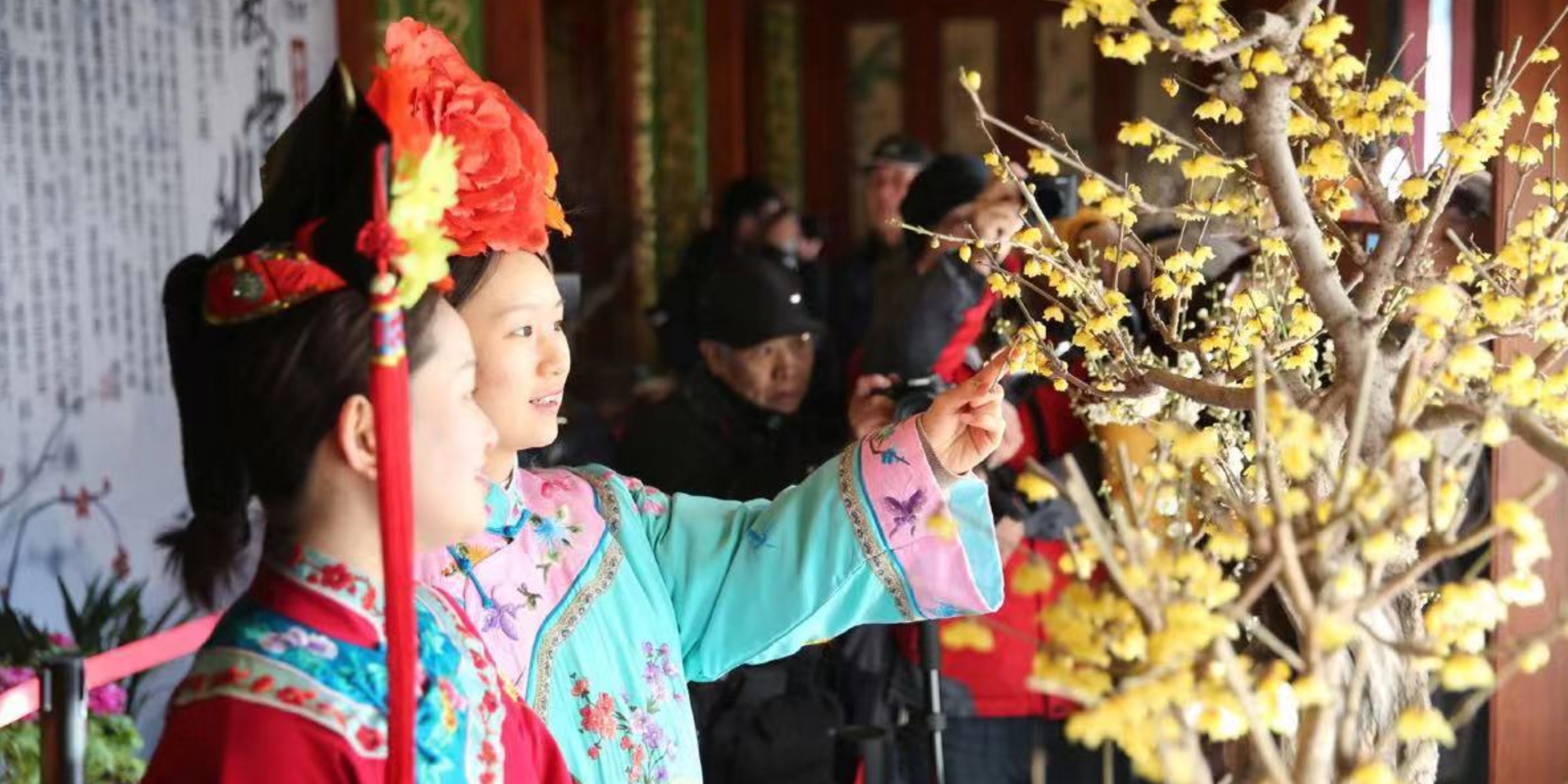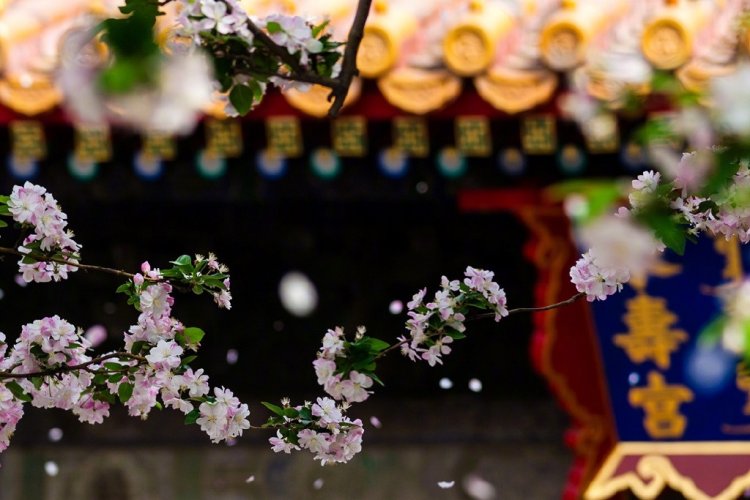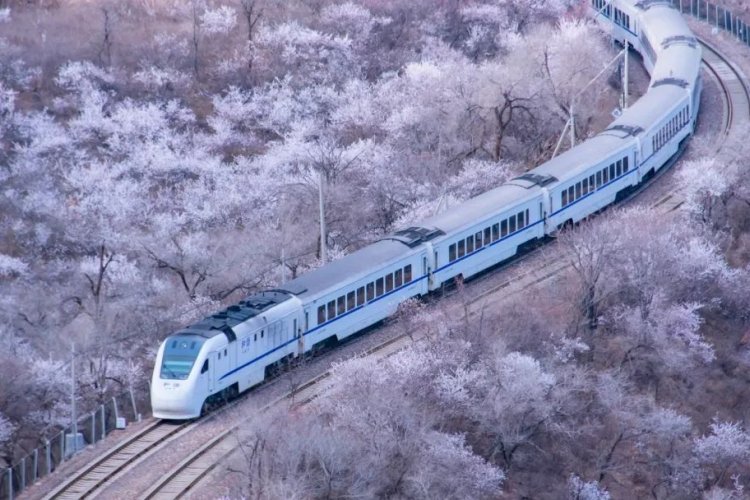The Best Spots to Enjoy Plum Blossom Season in Beijing
Plum blossom season is about to wrap up, so if you haven't gotten out to see these beautiful flowers then get on it! Here are three things you need to know about the plum blossom, and the five best spots to enjoy them in Beijing.
The Origins and Symbolism of the Plum Blossom
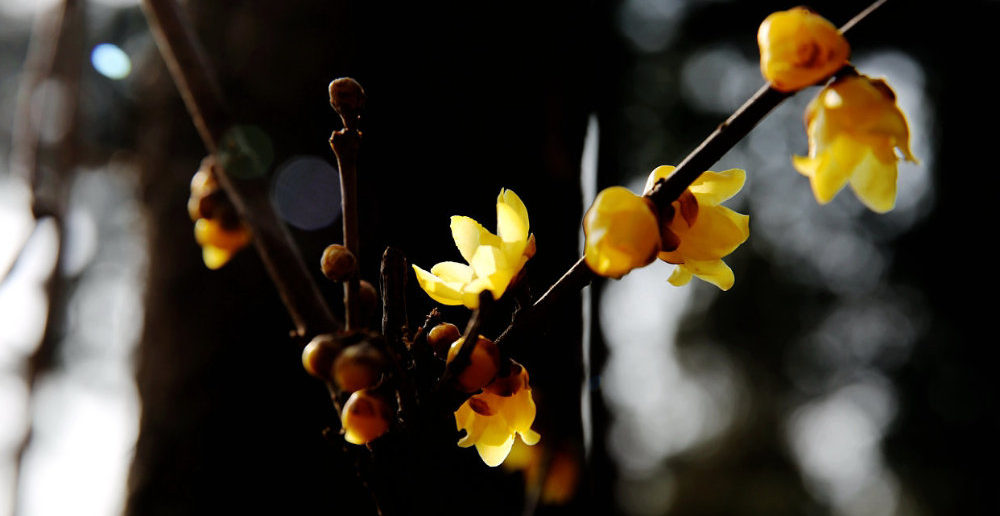
Each flower has its own unique symbolic meaning in Chinese culture, which is based on factors such as the health, shape, delicacy, and color of the plant. Along with pine and bamboo, plum blossom, also known as Chinese plum (梅花 méi huā), is considered one of “the three friends of winter” (岁寒三友 suì hán sān yǒu).
While everything else is still sleeping in the freezing winter, plum blossom stands alone as the first sign of spring, and in doing so, represents noble, enduring, and faithful qualities. Chinese people believe the soul of the plum blossom is tempered in suffering and grows in inner strength and indomitable spirit.
Poems from the past
Plum blossoms often depicted in art and poetry as delicate white, pink, yellow, and red flowers, brave and noble against the cold winter.
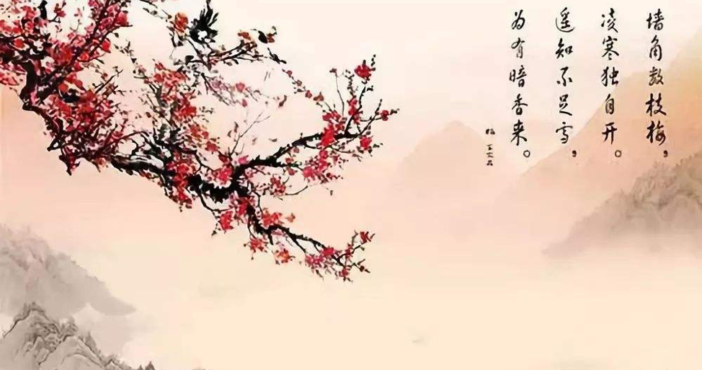
In the Northern Song Dynasty (960-1127 AD), the famous poet Wang Anshi wrote the poem “Plum Blossoms,” capturing the nobility of the“friend of winter”:
A few plum twigs at the corner of the wall
Blossoming all alone, defying the cold!
Even from afar they cannot be mistaken for snow,
For a delicate fragrance comes wafting with the breeze.

Then Lu You in the Southern Dynasty (1127-1279 AD) drew inspiration from the plum blossom to persevere despite in the face of career setbacks:
Outside the posthouse, beside the broken bridge,
Alone, deserted, a flower blooms.
Saddened by her solitude in the falling dusk,
She is assailed by wind and rain.Let other flowers be envious!
She craves not Spring for herself alone.
Her petals may be ground in the mud,
But her fragrance will endure.
Even today, poets in China often use the plum blossom as a metaphor to describe great qualities, such as never yielding to fear or the unforeseen consequences of life.
The Best Plum Blossom Viewing Spots in Beijing
Now that you’ve done your homework, it's time to pick a warm day to head out and get that perfect snap of plum blossom across the city. Here are a few of our favorite spots:
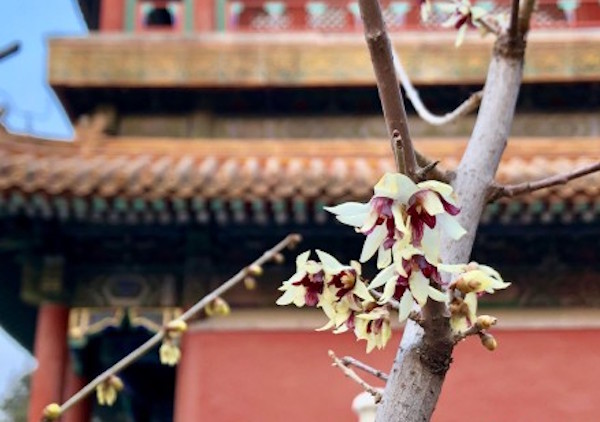
Jingshan Park
Against the background of the red wall and green tiles, the plum blossom in Jingshan Park fills the spring air with its delightful fragrance. If you're a little early in the year, never fear, even the golden, yet-to-bloom buds that wait hanging on the branch offer great picture-taking opportunities.
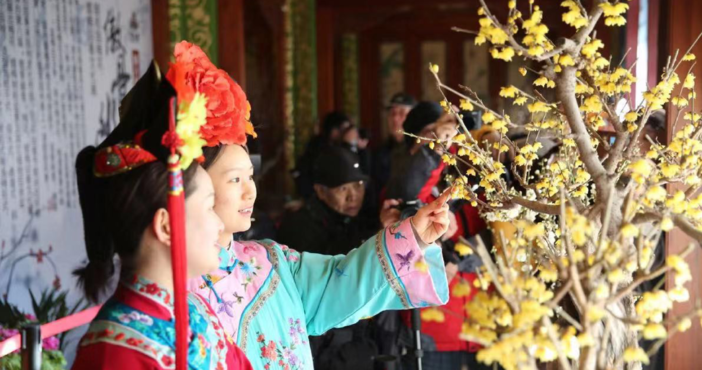
Summer Palace
A small courtyard called Le Nongxuan, where the Empress Dowager Cixi and Emperor Guangxu of the Qing dynasty once walked, is the best place to enjoy the plum blossom at the Summer Palace. Today more than a dozen species of plum grow here, including Chimonanthus praecox "wintersweet," a yellow, ornamental blossom variation with a distinctive, spicy fragrance.
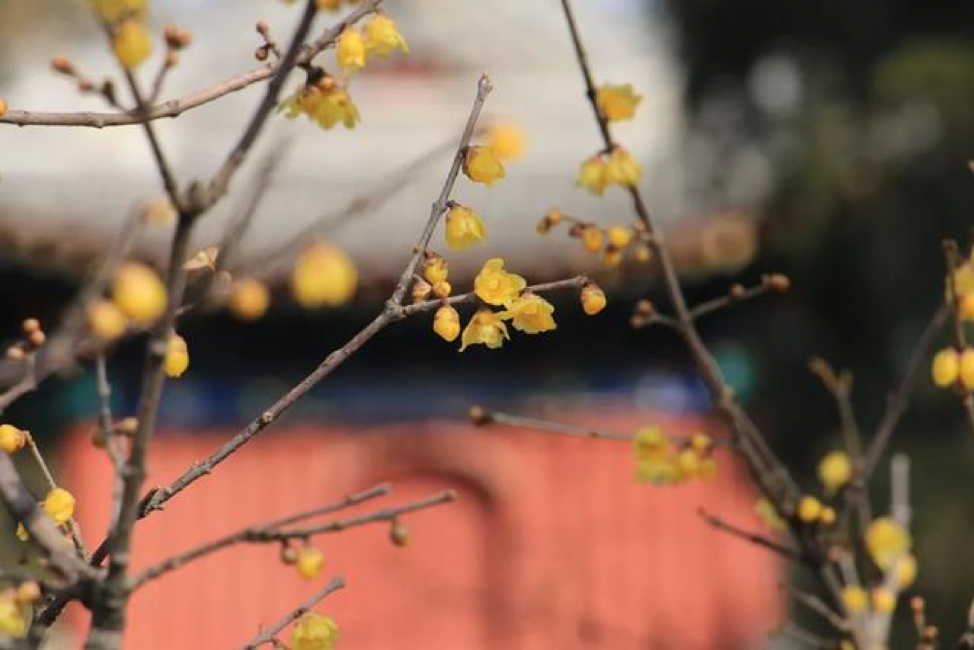
Beijing Botanical Garden
The Reclining Buddha Temple in Botanical Garden has always been a famous place for appreciating plum blossom in Beijing, and more than 100 varieties of plum grow at the scenic spot today.
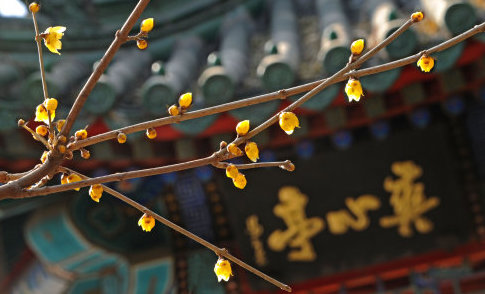
Yuetan Park (the Altar of the Moon)
Yuetan Park, located in Xicheng District, was where emperors of the Ming and Qing dynasties made sacrifices to the moon god. It is also one of the famous Five Altars and Eight Temples in Beijing, alongside Ditan Park, Ritan Park, and Tiantan Park. Yuetan is divided into South Park, where you can enjoy the plum blossom, and North Park.
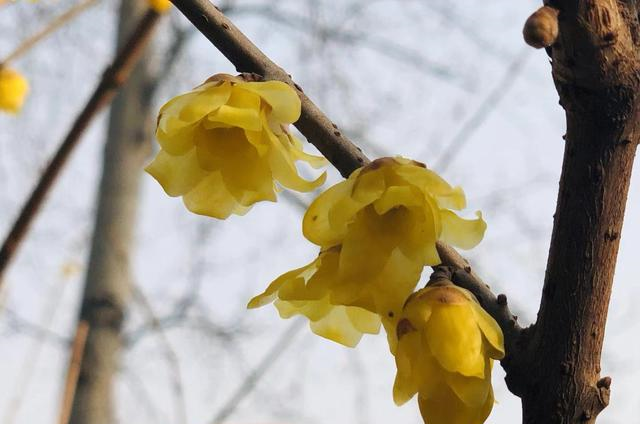
Yuyuantan Park
The hundreds of plum trees blooming along the west gate of Yuyuantan Park in the ancient pine forest, attracting many visitors every March. Most of these plum trees are around 10 years old and cover an area of 3,000sqm. One special attraction here is the flock of colorful Mandarin ducks who make the Cherry Blossom Lake their home.
READ: Springtime Sippin': New Drinking Terraces Opening Up
This article originally featured on our sister site Jingkids International.
Poem translation: kekenet.com
Photos: Weibo.com

